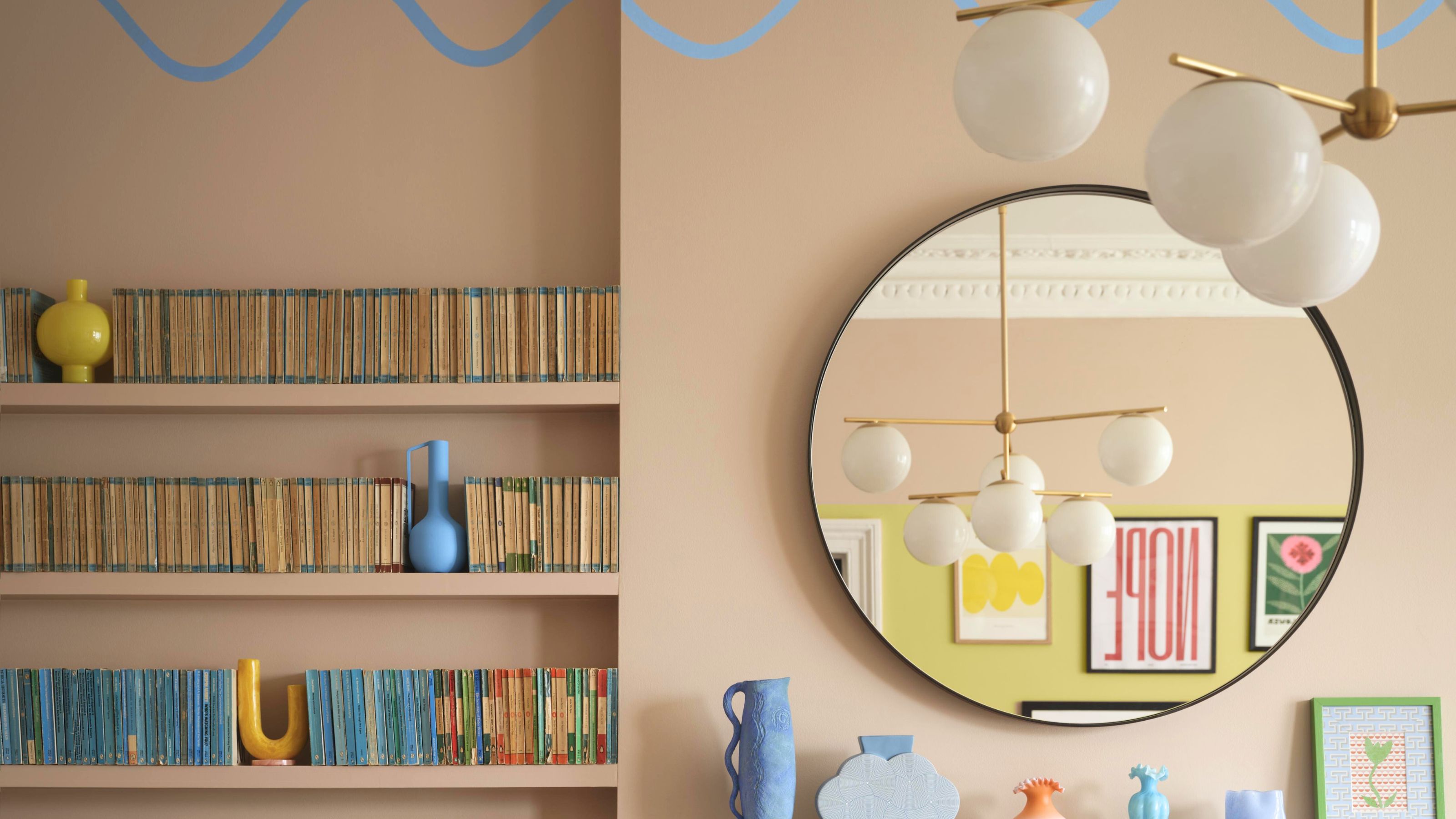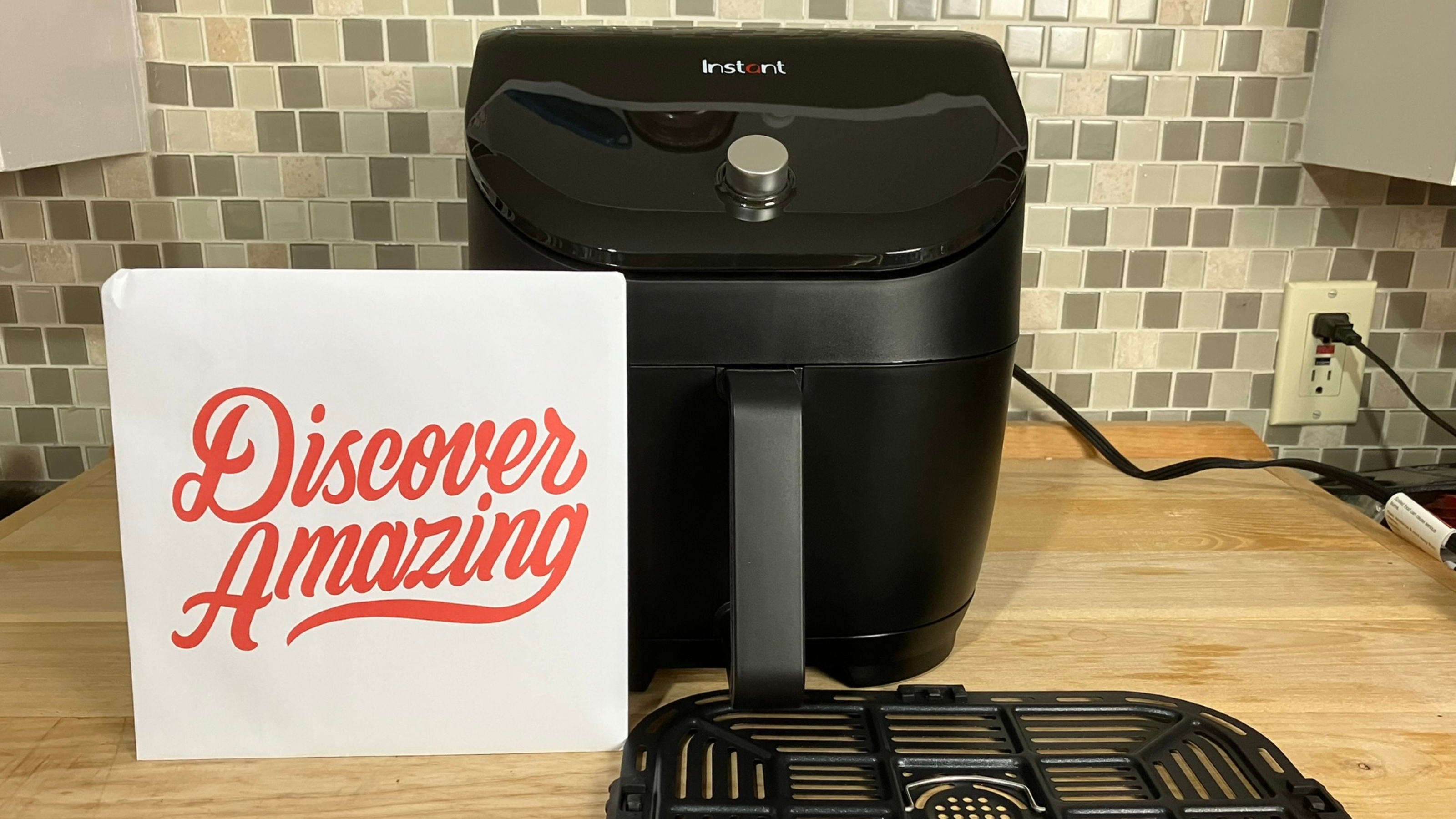What makes a mattress eco-friendly?
Rest easy knowing you're investing in the planet when selecting your next mattress.


Over the past few years, paying attention to the planet has become a big part of our everyday conscience, and when it comes to making both big and small investments for the home, we want to know whether we're making good sustainable choices. Although it might seem simple to pick up an eco-friendly version of something like a water bottle or even bedding, if you're in the market for an eco-friendly mattress, there are some specific features to look out for so that you choose one that's good for you and for the planet.
To make sense of it all, we’ve done the research for you and spoken to the experts to understand what makes the best mattress eco-friendly. Because whether we choose to recycle, buy products with less packaging or reuse the items we’d otherwise throw out, in today’s world, changing shopping habits and putting thought into our purchasing decisions is one of the easiest ways we can contribute towards a greener future. The eco-warriors out there – this ones for you.
Defining an eco-friendly mattress
As expected, price and comfort still take priority when choosing a mattress, and many manufacturers name their models accordingly: ‘hybrid mattress’, ‘premium mattress’, and ‘the original’, for example. While many brands do have great eco-credentials, it can be hard to know what they actually mean.
From material to manufacturing process, understanding what an organic mattress means and how to avoid greenwashing, there's a lot to take on board. But, opting for the sustainable pick, can make all the difference.
1. Materials
Okay, so a mattress isn't the most environmentally friendly buy for your home in the first instance so ensure you only go to replace yours when needed (every seven years or so) and that you recycle your mattress or dispose of it in an eco-friendly way.
As a first step, Martin Seeley, Founder of Mattress Next Day, suggests you should look for mattresses made with natural fibers and avoid synthetics:
'Mattresses made of polyester, nylon, or uncertified foam are (unfortunately) petroleum-based and non-biodegradable, making them not only potentially dangerous to the environment, but also to you.'
Seeley recommends 'Fillings such as cotton, wool, bamboo, silk, and latex are chosen by manufacturers instead for their eco-friendly qualities since they’re biodegradable and free from harmful chemicals. Natural materials also have the benefit of being hypoallergenic and temperature-regulating for great sleep.'
Noting that some materials have more longevity than others, which means your mattress should serve you well for the full seven years, avoiding an early renewal.
'How durable the material is, also affects how long it lasts. Latex for instance is one of the most hard-wearing materials used in mattresses, eliminating the need to replace one for at least a few years. Think buy once and buy well.
'What your mattress is filled with isn't the only material composition to consider, however. The spring systems used and the mattress cover should also be eco-friendly. Make sure the springs are fully recyclable and the cover meets environmental and social standards.'
Is memory foam eco-friendly?
Memory-foam lovers you might want to close your eyes because unfortunately, memory foam mattresses are usually manufactured using petroleum-based chemicals like polyurethane, a plastic polymer typically found in things like sneaker soles and garden hoses. While a flexible, cushioning material that’s great for making mattresses more comfortable and supportive, it can take around a thousand years to decompose. That being said, many mattress recycling centers will take your old mattress and turn it into another or something useful like underlay for carpets.
2. Manufacturing process
Other than researching what the mattress model you’re interested in is made from, pay close attention to the brand itself and its manufacturing processes to ensure they’re honest and transparent when it comes to sustainability. This avoids potential greenwashing and claims towards eco-friendly products.
Certified Sleep Science Coach and lead mattress reviewer at Sleepopolis Bridget Chapman states ‘eco-friendly mattresses should have at least one, if not multiple third-party certifications that verify their authenticity.'
These certifications will ensure the credibility of business claims towards sustainable sourcing of materials, responsible production and aims to cut waste. 'Mattresses that have several third-party certifications prove that they have been thoroughly evaluated by certifying agencies to ensure the transparency of the product itself, as well as the factory it was produced in. Some certifications to look out for include:
- Global Organic Textile Standard (GOTS)
- Global Organic Latex Standard (GOLS)
- Certipur-US
- OEKO-TEX Standard 100
- Greenguard Gold
- USDA Organic
Other things to look out for is where the brand is located, which can impact packaging, production costs as well as carbon-neutral delivery methods. Even if a mattress is made with the most sustainable manufacturing efforts, having it imported can give the brand a large carbon footprint. So if you are UK-based, try and source a new mattress from the UK, likewise, if you're in the States or further afield.

3. Organic vs eco-friendly mattresses
You may notice the term ‘organic mattress’ as well as ‘eco-friendly mattresses’ when doing your research. But it’s important to remember that although similar, the two terms are not interchangeable and they do, in fact, mean different things.
Organic refers to a mattress that hasn't been sprayed with chemical pesticides. The best organic mattresses are non-toxic and their materials naturally have less of an environmental impact thanks to sustainable farming methods. Whereas, eco-friendly can mean this, amongst a plethora of other things too.
The Global Organic Textile Standard (GOTS) as mentioned above, is a great way to confirm whether the mattress is made with certified organic materials. And if you’re looking for latex, ensuring the mattress is GOLS certified ensures you’re investing in natural rather than synthetic latex, which is key if you want your mattress to last as long as possible.
Why buy an eco-friendly mattress?
The reasons for wanting to invest in an eco-friendly mattress model are clear. A planet-friendly mattress can do wonders for your sleep all whilst giving you peace of mind that you've done your part for the planet too.
As Seeley highlights, 'the use of natural materials allows for the mattress itself to breathe'. This helps regulate body temperature and prevent overheating during the night. Since natural fibers do not contain any flame retardant chemicals, pollutants or chemicals either, they tend to be hypoallergenic, making them especially great for kids and the elderly. In simpler terms, you're guaranteed great sleep.'
The verdict? Eco-friendly, organic mattresses have a huge range of health benefits unlike their synthetic, chemically treated cousins so it's totally worth putting in a little more research time to ensure you invest in a more plantet-friendly sleeping partner.
Join our newsletter
Get small space home decor ideas, celeb inspiration, DIY tips and more, straight to your inbox!

Louise is the Ecommerce Editor at Real Homes, specialising in sleep content so you can wind-down well. With prior PR experience working for a luxury bedding brand, Louise knows the importance of getting a great night’s sleep. Joining the other side of the desk as a full-time journo, Louise brings her bedding expertise to writing sleep buying guides, reviews, and news for Real Homes. Aside from helping readers get essential shut eye, Louise also writes shopping content for homeware items that’ll add a decorative edge to your space. With an eye for design that won’t snooze on style, but a budget that won’t quite stretch, Louise loves nothing more than a modern designer dupe. From coloured glassware to contemporary storage, anything to upgrade the bare space of her rented East London flat.
-
 Shoppers approve of this Wayfair cooling mattress on sale now for less than $270
Shoppers approve of this Wayfair cooling mattress on sale now for less than $270See the Wayfair cooling mattress with over 18k reviews and 4.6 stars for summer sleeping. Plus, more cooling sleep essentials on sale now
By Emily Lambe
-
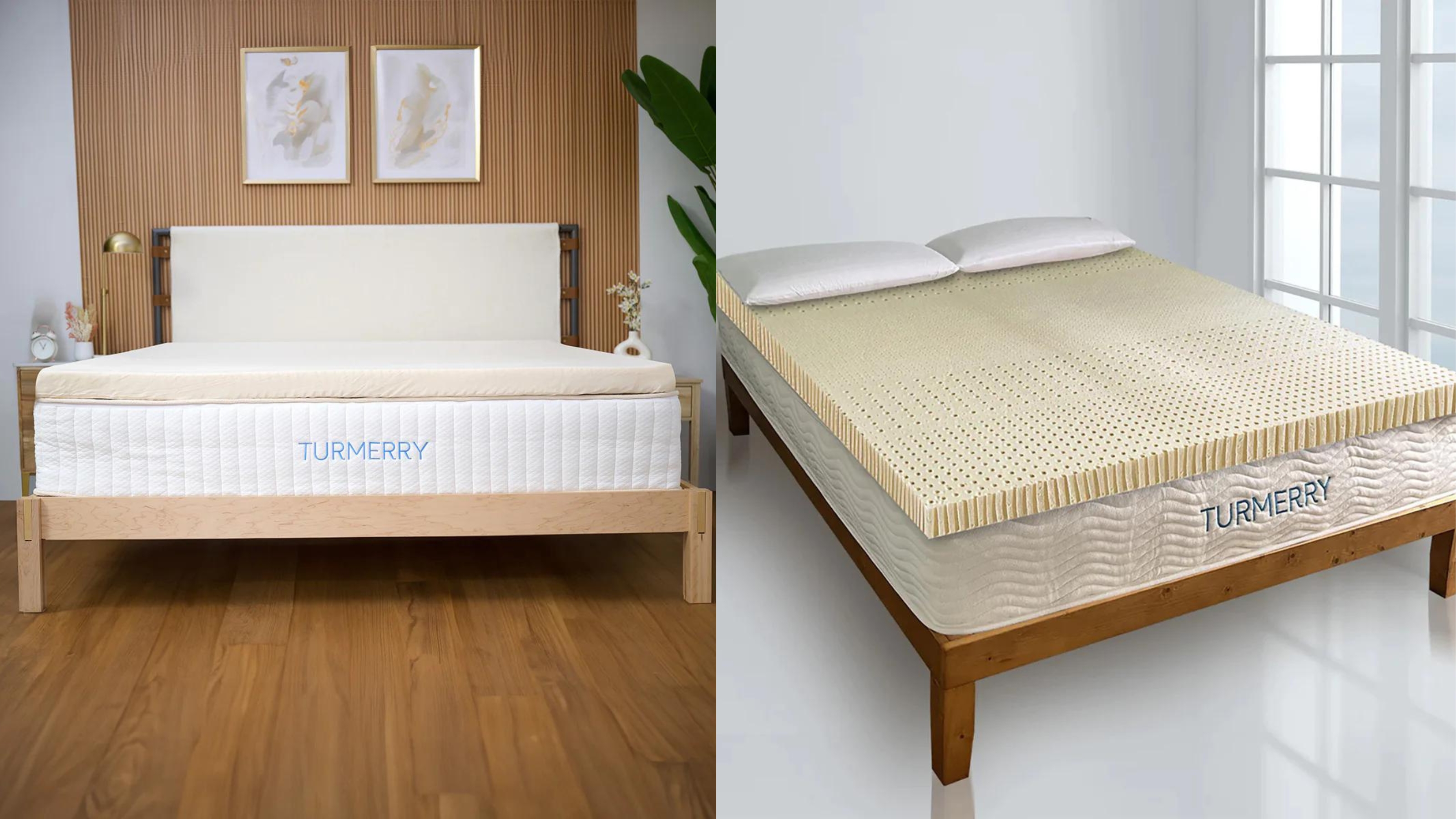
 Turmerry Latex Mattress Topper review: a perforated pick for the perfect night's sleep
Turmerry Latex Mattress Topper review: a perforated pick for the perfect night's sleepContributing editor, Paige Cerulli tests the Turmerry Latex Mattress Topper in her midwestern home
By Paige Cerulli
-
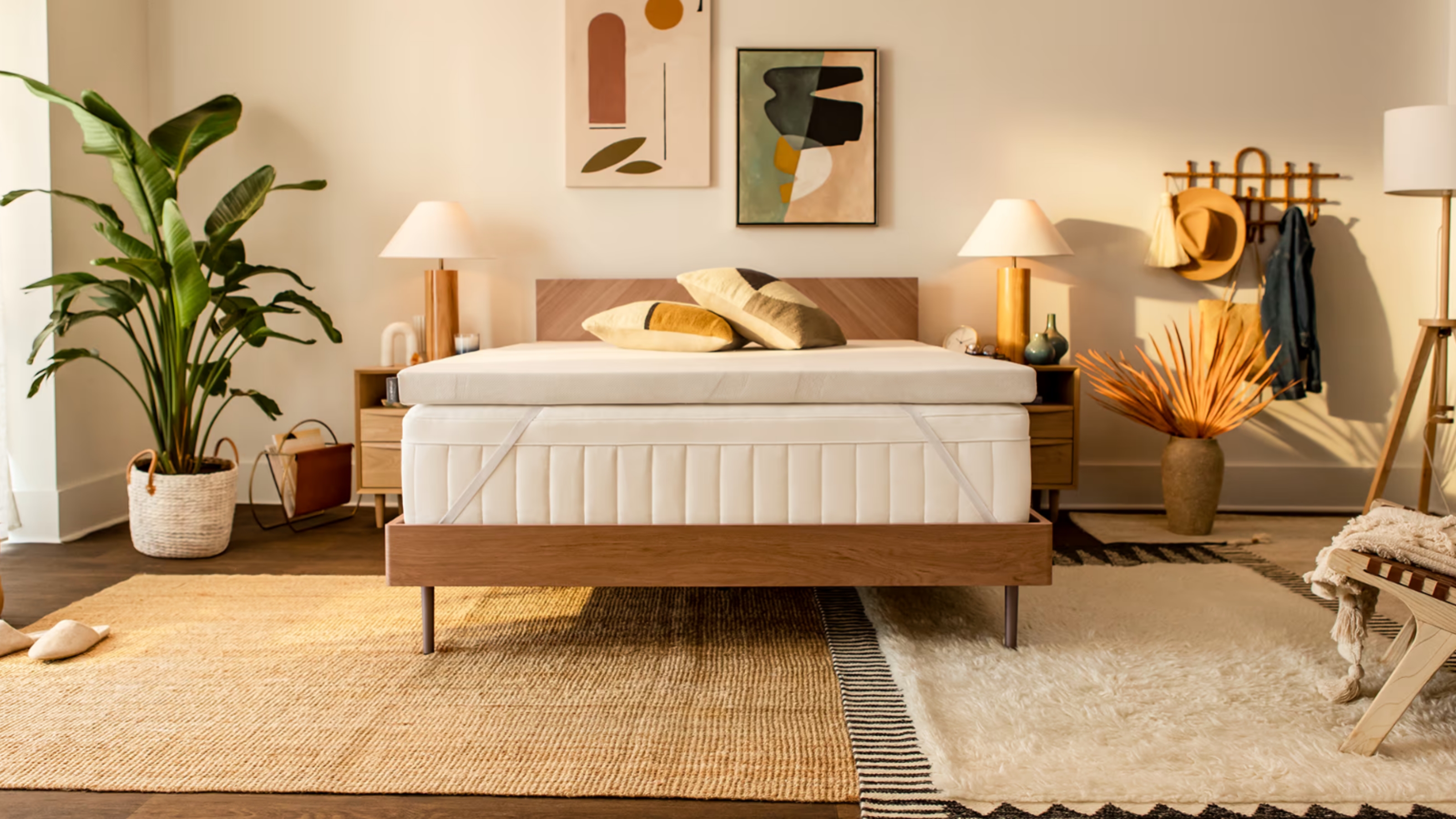 6 best cooling mattress toppers and pads to buy — from $89.99
6 best cooling mattress toppers and pads to buy — from $89.99Half a dozen of the best cooling mattress toppers and pads to buy if you are a hot sleeper, or live in a warm climate. Including Surbtex and Tempur Pedic options
By Christina Chrysostomou
-
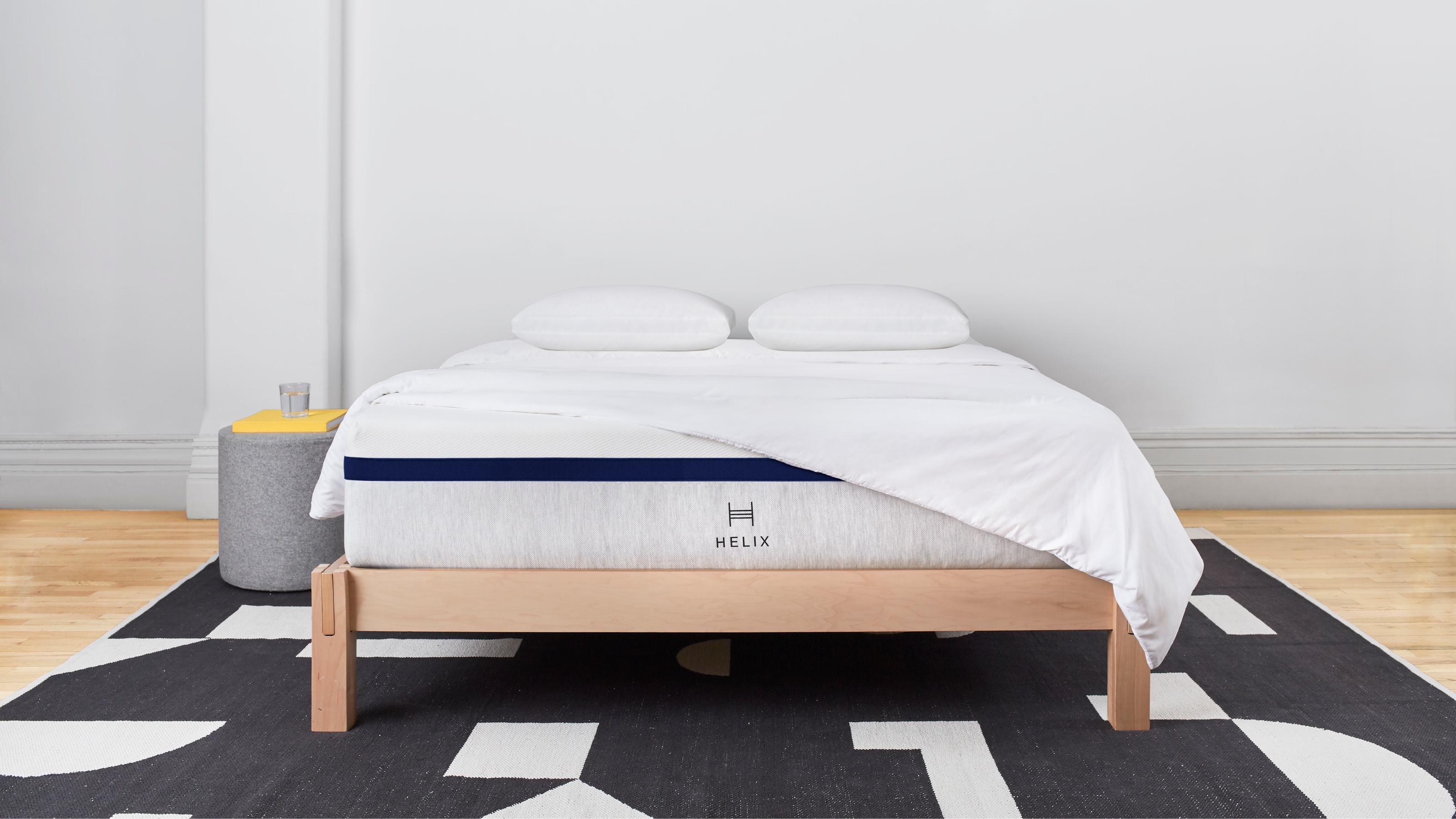 Helix Midnight Mattress: As a front sleeper, I declare it the comfiest base I've ever slept on
Helix Midnight Mattress: As a front sleeper, I declare it the comfiest base I've ever slept onSee our Helix Midnight mattress review to see if this hybrid design is right for you. We tested it out for over one month to find all the pros and cons.
By Emily Lambe
-

 Zinus ultra cool gel mattress topper review
Zinus ultra cool gel mattress topper reviewOur freelance contributor Camryn Rabideau shares her thoughts on the Zinus Ultra Cool Gel Memory Foam Mattress Topper after four weeks of sleeping on this temperature-reducing bedding accessory.
By Camryn Rabideau
-

 This Parachute mattress topper is the cure for an uncomfortable mattress — especially if you're a back sleeper
This Parachute mattress topper is the cure for an uncomfortable mattress — especially if you're a back sleeperThis Parachute Mattress Topper transformed my years-old mattress from sad to super soft. It's so comfortable for back sleepers like me.
By Rose Cain
-
 6 ways to stay warm in your dorm room when it's freezing outside
6 ways to stay warm in your dorm room when it's freezing outsideFeeling the chill this semester? See our top ways to stay warm in your dorm room without pissing off your roommate or RA including bedding ideas.
By Kara Thompson
-
 10 tips for *actually* getting some shut eye in a dorm, straight from sleep experts
10 tips for *actually* getting some shut eye in a dorm, straight from sleep expertsYes, we're talking about a *real* all-nighter!
By Danielle Valente
